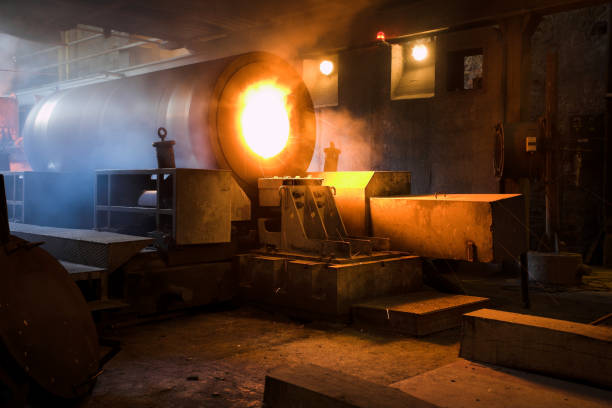What is centrifugal Casting

Centrifugal Casting: A Guide to Methods, Types, and Uses Introduction Tanveer Engineering Centrifugal casting is a metal forming method used a lot in manufacturing. Molten metal goes into a spinning mold. The spin spreads the metal out to harden. This makes strong parts without flaws. Many fields pick this method for tough, good parts. This article looks at how centrifugal casting works. It covers the types and benefits versus other ways to cast metal. We will examine its uses in various fields. Tanveer Engineering How Centrifugal Casting Works Centrifugal casting uses force from spinning to work. The mold spins fast as liquid metal is poured in. The metal coats the mold's inside evenly. The spinning pushes dirt to the center. This leaves a strong, solid structure. Centrifugal Casting Steps Prepare the mold . A cylinder or disc mold is heated. A special coating stops sticking. Spin the mold. The mold rotates at a set speed. This creates force. Pou...


